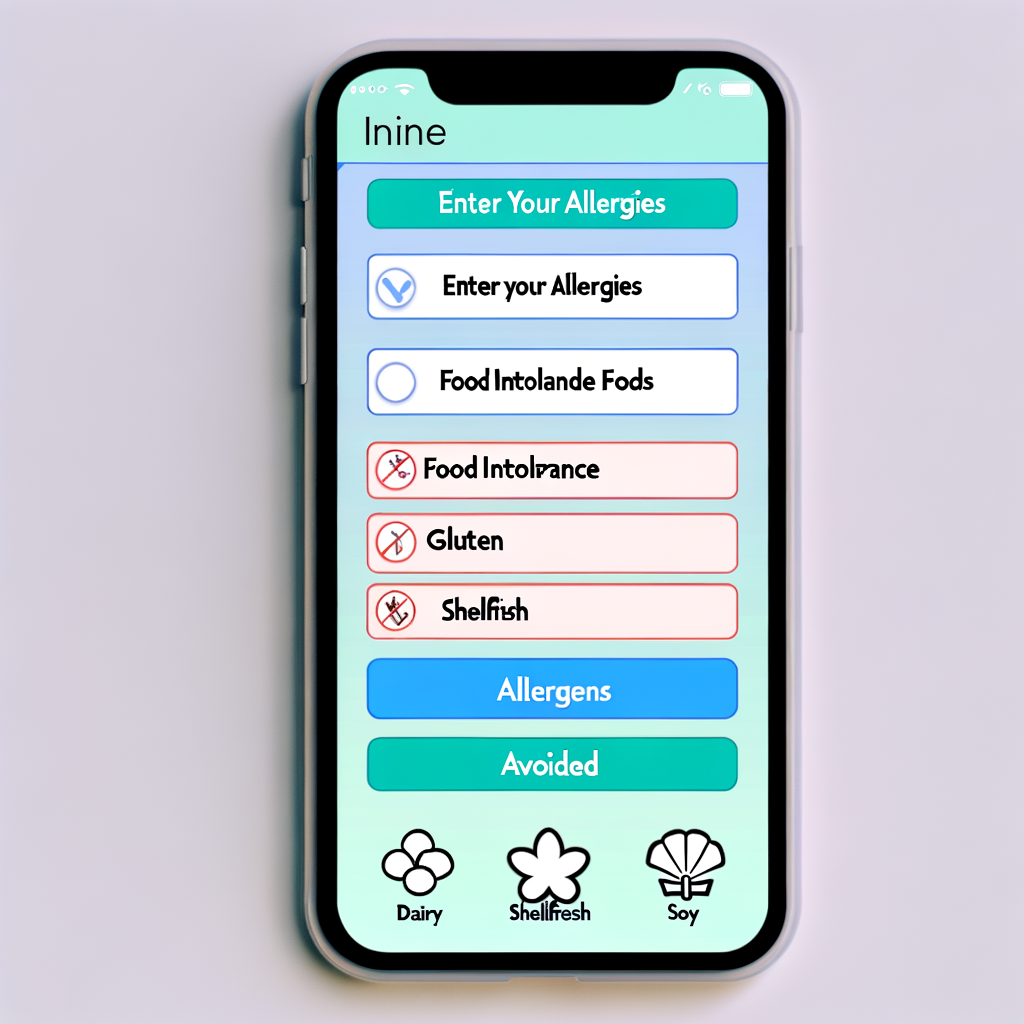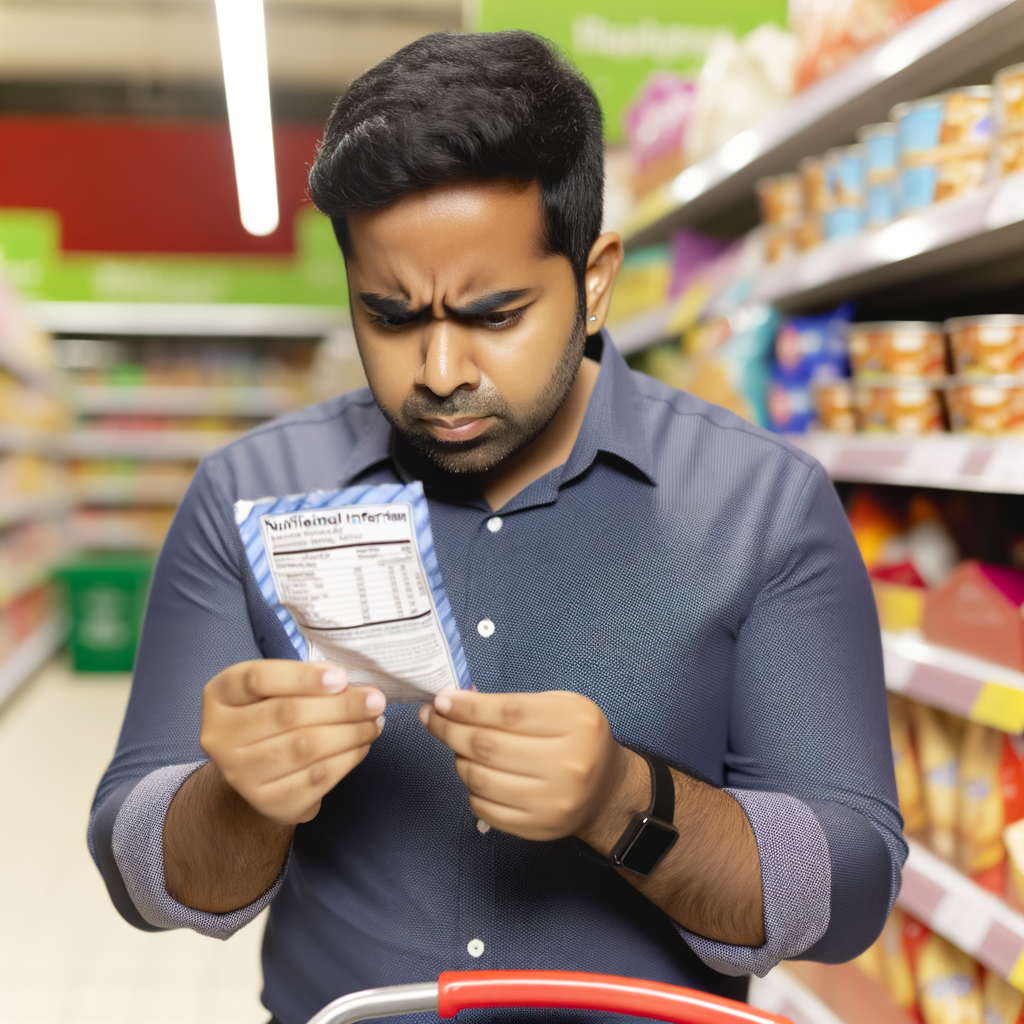Food allergies affect millions of people across Europe, and the numbers continue to rise each year. For those with severe allergies, consuming even a tiny amount of an allergen can lead to serious health complications. Therefore, it is crucial for individuals with food allergies to carefully read labels on all packaged foods.
Label reading can be overwhelming, especially for those new to managing food allergies. However, it is a necessary skill to ensure one’s safety. The first step is understanding the key phrases to look for on food labels. These include ‘may contain’, ‘processed in a facility that also processes’, and ‘made on shared equipment’. These phrases indicate the potential for cross-contamination, which can be just as dangerous as direct exposure to an allergen.
In addition to these phrases, it’s important to look for the top 8 allergens: milk, eggs, fish, shellfish, tree nuts, peanuts, wheat, and soy. These allergens must be clearly listed on the label, either in the ingredient list or in a ‘contains’ statement. It’s also essential to be aware of potential hidden allergens, such as natural flavors, spices, and additives, which may contain allergens.
Finally, when reading labels, it’s crucial to be vigilant and read every label every time. Ingredients and manufacturing processes can change without warning, so a food that was once safe to consume may now pose a risk. It may seem tedious, but it’s a small price to pay for one’s health and safety.
Remember, knowledge is power when it comes to managing food allergies. With proper label reading, individuals can confidently navigate the grocery store and make safe and informed food choices.





